3D Printer Maintenance
Since we started this blog we’ve looked at a few ways to get better results from a 3D printer, but I was looking through our archives yesterday and realised that we’ve managed to miss a pretty big one – 3D printer maintenance.
A 3D printer is a machine – a pretty complex one, at that – and machines need maintenance. Not all of them need very much. A laser printer is also a machine, but mine just sits on my desk and gets ignored most of the time. Every few weeks I feed it another pile of paper, if it starts to look dusty I run a cloth over it, and otherwise I only remember it when I need to print something. Then I click, it spits out whatever I needed, and I go back to ignoring it.
You can’t do that with a 3D printer. A successful, high-quality 3D print needs a lot of moving parts to function smoothly and flawlessly for hours, and a poorly maintained printer isn’t likely to achieve that. If you want yours to perform for you, you need to make sure it’s properly cared for. Here’s how.
Keep It In Line
Proper alignment of parts is vital to successful printing. If your printer doesn’t have a self-levelling build plate it’s a good idea to regularly check that it hasn’t started to drift away from level. How often you do this depends on how often you use your printer and how much it gets disturbed; if you move it around a lot, more frequent checks are a good idea.
If your printer doesn’t have a one-piece body it’s also worth occasionally checking that no screws have started to loosen and nothing is drifting out of line. Even a tiny misalignment in your Z axis rails can have a dramatic effect on print quality.
Oil It Up!
The thing about a 3D printer’s moving parts is that they need to move smoothly. Any sticking, binding or excessive friction means defects in your prints. The best solution for sticking and binding is proper lubrication.
If your printer’s manual contains lubrication instructions, follow them. If it doesn’t, look for contact surfaces between moving parts and lightly lubricate them. A light oil like sewing machine oil is idea for this; don’t use heavy oil or grease, because these might actually be sticky enough to cause more binding. If you’re lubricating exposed parts an enclosure is a great idea; it will help stop dust sticking to the lubrication.
Watch That Nozzle
The nozzle that extrudes molten filament onto your print is a precision part. Even the tiniest contamination with dirt or plastic residue can seriously degrade your prints, so make sure it’s kept clean at all times. Be careful, though; nozzles are delicate. You can get specialist toolkits for cleaning them. Nozzles can also be cleaned by soaking them in the appropriate solvent for the type of filament you’ve been using. While you’re at it, get rid of any plastic fragments that are building up in the extruder unit.
Love Your Bed
You’ve made sure your print bed is level, but have you made sure it’s clean and well surfaced? Don’t handle the plate’s top surface with bare hands; fingerprint oil can wreak havoc with adhesion. Remove all plastic residue from it after each print and, if necessary, rub it down gently with alcohol. If you surface it with Kapton tape or similar, regularly replace any scuffed or worn areas.
Don’t Forget The Firmware
It isn’t just your printer’s hardware that needs maintained; the firmware that operates it needs attention, too. Check regularly to make sure you’re running the latest stable firmware version; when a new one is released, install it. This will minimise bugs and maximise performance.
It doesn’t actually take a lot of work to keep a 3D printer in good running order, and it’s an easy way to get the most from your investment. There’s no point in spending money on the best, most sophisticated printer you can afford if your prints are going to be degraded by dirt in the nozzle or a sticky patch on a guide rail. Some simple 3D printer maintenance will make a huge difference to your results.

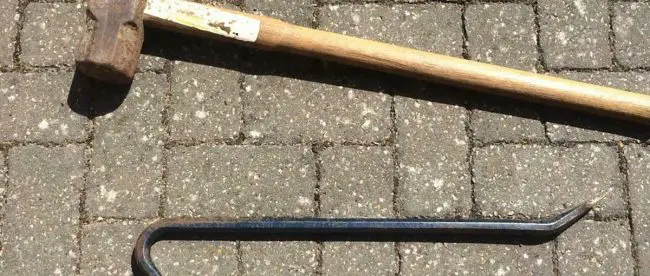
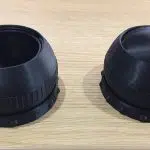

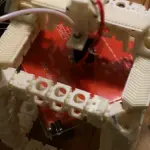
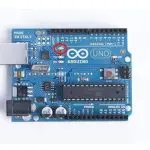
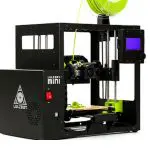
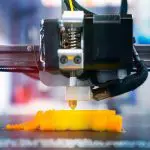
Leave a comment
You must be logged in to post a comment.